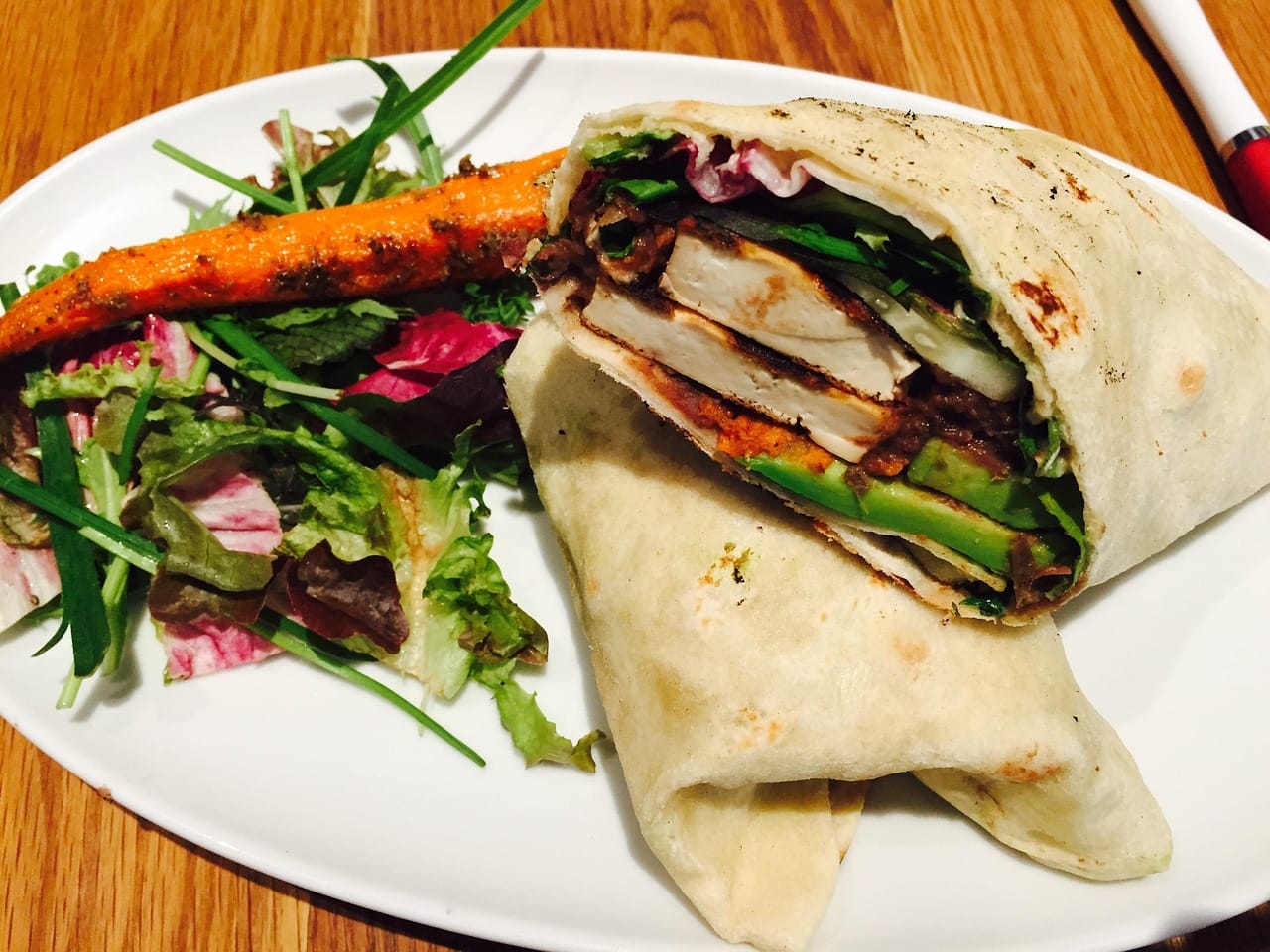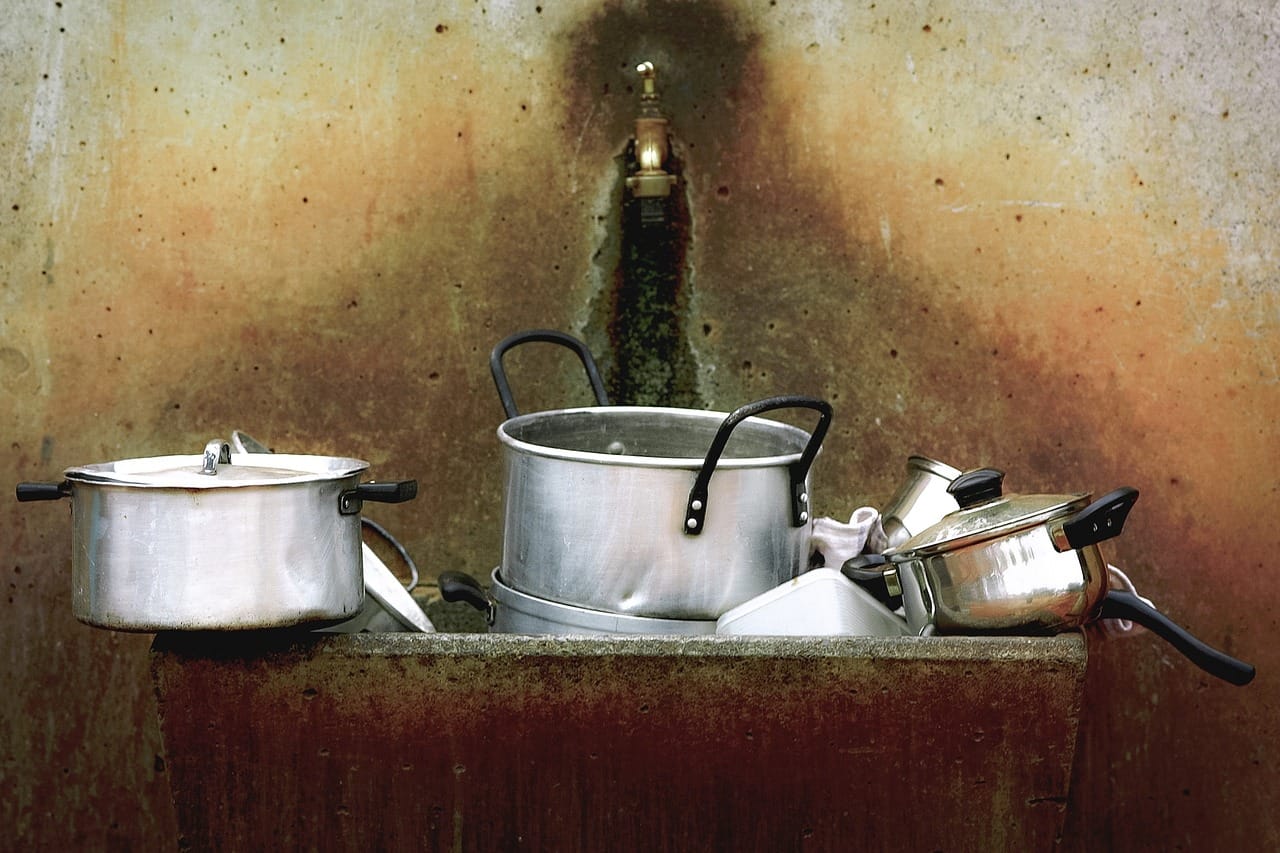Imagine waking up to a vibrant, colorful, and incredibly flavorful breakfast. A vegetable frittata is more than just eggs; it’s a culinary canvas bursting with fresh produce and adaptable to whatever you have on hand. This Italian-inspired dish is a fantastic way to start your day, impress brunch guests, or even enjoy a light and satisfying dinner. Easy to customize and incredibly versatile, the vegetable frittata is a recipe you’ll find yourself turning to again and again.
What is a Frittata?
Defining a Frittata
A frittata is an Italian baked egg dish similar to an omelet or a quiche, but with a few key differences. Unlike an omelet, which is cooked quickly and folded, a frittata is cooked slowly, usually starting on the stovetop and finishing in the oven. Unlike a quiche, it typically doesn’t have a crust, making it naturally gluten-free and lower in carbohydrates. This makes the vegetable frittata a healthy and convenient option for breakfast, brunch, lunch, or dinner.
Frittata vs. Omelet vs. Quiche
Here’s a quick comparison:
- Frittata: Slow-cooked, open-faced, can be started on the stovetop and finished in the oven, no crust.
- Omelet: Quickly cooked, folded, cooked entirely on the stovetop.
- Quiche: Contains a crust, baked in the oven, richer due to the addition of cream.
Why Choose a Frittata?
Here are several reasons why a vegetable frittata should become a staple in your kitchen:
- Versatility: Use any vegetables you like – seasonal, leftovers, or frozen.
- Healthy: Packed with protein from the eggs and vitamins and minerals from the vegetables.
- Easy: Simple to make, requires minimal active cooking time.
- Customizable: Add cheese, herbs, spices, or meat to suit your taste.
- Great for leftovers: Enjoy it hot or cold, perfect for meal prepping.
Choosing Your Vegetables for a Perfect Frittata
The Best Vegetables for Frittatas
The beauty of a vegetable frittata is its adaptability. However, some vegetables work better than others. Consider these favorites:
- Bell Peppers: Add sweetness and color. Red, yellow, and orange peppers offer a vibrant look and slightly different flavor profiles.
- Onions: Provide a savory base. Sautéed onions add depth of flavor.
- Spinach: Adds nutrients and a subtle earthy flavor. Baby spinach wilts quickly and requires minimal cooking.
- Mushrooms: Offer an umami richness. Cremini, shiitake, and portobello mushrooms are all excellent choices.
- Zucchini: Light and subtly sweet. Dice it small for even cooking.
- Asparagus: Adds a delicate, slightly grassy flavor, especially delicious in the spring.
- Tomatoes: Add acidity and moisture (use sparingly to avoid a soggy frittata). Cherry tomatoes, halved or quartered, work well.
- Broccoli or Cauliflower: These vegetables benefit from being lightly steamed or blanched before adding to the frittata.
Preparing Your Vegetables
Proper preparation is key to a delicious vegetable frittata. Some vegetables require pre-cooking to ensure they are tender and don’t release too much moisture into the egg mixture.
- Sautéing: Onions, peppers, and mushrooms should be sautéed in a pan with a little olive oil until softened.
- Steaming/Blanching: Broccoli, cauliflower, and asparagus benefit from a quick steam or blanch to ensure they are tender-crisp.
- Removing Excess Moisture: If using zucchini or spinach, consider squeezing out excess moisture after cooking to prevent a watery frittata.
Example Vegetable Combinations
Here are a few inspiring vegetable combinations for your frittata:
- Mediterranean: Spinach, sun-dried tomatoes, feta cheese, and Kalamata olives.
- Springtime: Asparagus, peas, fresh herbs (dill, parsley), and goat cheese.
- Autumn Harvest: Butternut squash, kale, caramelized onions, and Gruyere cheese.
- Southwestern: Corn, black beans, bell peppers, onions, chili powder, and cheddar cheese.
The Perfect Egg Mixture
Achieving the Right Ratio
The key to a perfectly textured frittata lies in the egg mixture. A good rule of thumb is 6 large eggs for a 9-inch skillet. You can adjust this ratio depending on the size of your pan and the desired thickness of the frittata.
Adding Dairy (or Dairy Alternatives)
A splash of dairy can add richness and creaminess to your frittata. Options include:
- Milk: Whole milk or 2% milk work well.
- Cream: Adds extra richness, but use sparingly.
- Half-and-Half: A good compromise between milk and cream.
- Dairy-Free Alternatives: Unsweetened almond milk or cashew milk can be used for a dairy-free option.
About 1/4 cup of dairy per 6 eggs is generally sufficient. Too much liquid can result in a watery frittata.
Seasoning and Flavor Enhancers
Don’t be afraid to get creative with your seasonings! Consider these options:
- Salt and Pepper: Essential for bringing out the flavors of the eggs and vegetables.
- Fresh Herbs: Parsley, chives, dill, and basil add a burst of freshness.
- Dried Spices: Garlic powder, onion powder, paprika, chili powder, and Italian seasoning add depth of flavor.
- Cheese: Adds flavor and texture. Shredded cheddar, mozzarella, feta, goat cheese, and Parmesan are all excellent choices.
- Hot Sauce: A dash of hot sauce can add a pleasant kick.
Whisking the Eggs Properly
Whisk the eggs thoroughly until they are light and frothy. This incorporates air into the mixture, resulting in a lighter and fluffier frittata. Avoid over-whisking, as this can make the frittata tough. About 1-2 minutes of whisking is usually sufficient.
Cooking Your Vegetable Frittata
Stovetop Start
Start by heating a 9- or 10-inch oven-safe skillet over medium heat. Add a tablespoon of olive oil or butter. Once the oil is hot, add your prepared vegetables and cook until they are tender and slightly browned. Ensure the vegetables are evenly distributed in the pan.
Adding the Egg Mixture
Pour the egg mixture evenly over the vegetables in the skillet. Reduce the heat to low and cook for about 5-7 minutes, or until the edges of the frittata begin to set. You can gently lift the edges of the frittata with a spatula to allow the uncooked egg mixture to flow underneath.
Oven Finish
Transfer the skillet to a preheated oven at 350°F (175°C). Bake for 15-20 minutes, or until the frittata is set and lightly golden brown. A knife inserted into the center should come out clean.
Checking for Doneness
The frittata is done when it is puffed up and golden brown. The center should be set and no longer jiggly. You can also use a thermometer to check the internal temperature; it should reach 160°F (71°C).
Tips for Avoiding a Soggy Frittata
Here are some common mistakes that lead to a soggy frittata:
- Too much liquid: Be mindful of the amount of dairy you add to the egg mixture.
- Undercooked vegetables: Pre-cook vegetables to remove excess moisture.
- Overcrowding the pan: Use a large enough skillet to accommodate the vegetables and egg mixture.
- Using too much cheese: Cheese can release moisture as it melts.
Serving and Storing Your Frittata
Serving Suggestions
A vegetable frittata can be served hot, warm, or cold. It’s delicious on its own or with a side salad, crusty bread, or a dollop of Greek yogurt or sour cream.
Garnish Ideas
Add a finishing touch with a sprinkle of fresh herbs, a drizzle of olive oil, or a dusting of Parmesan cheese.
Storing Leftovers
Leftover frittata can be stored in an airtight container in the refrigerator for up to 3-4 days. Reheat in the microwave or oven. It’s also great cold, making it a perfect addition to lunchboxes.
Freezing Frittata
For longer storage, frittata can be frozen. Cut it into individual portions and wrap them tightly in plastic wrap and then foil. Freeze for up to 2-3 months. Thaw in the refrigerator overnight before reheating.
Conclusion
The vegetable frittata is a culinary chameleon, effortlessly adapting to your tastes, dietary needs, and the contents of your refrigerator. From a quick weekday breakfast to an elegant weekend brunch, this versatile dish is a guaranteed crowd-pleaser. Embrace the simplicity, explore the endless flavor combinations, and make the vegetable frittata a staple in your kitchen. You’ll not only enjoy a delicious and healthy meal but also discover a fantastic way to reduce food waste and enjoy seasonal produce at its finest.




